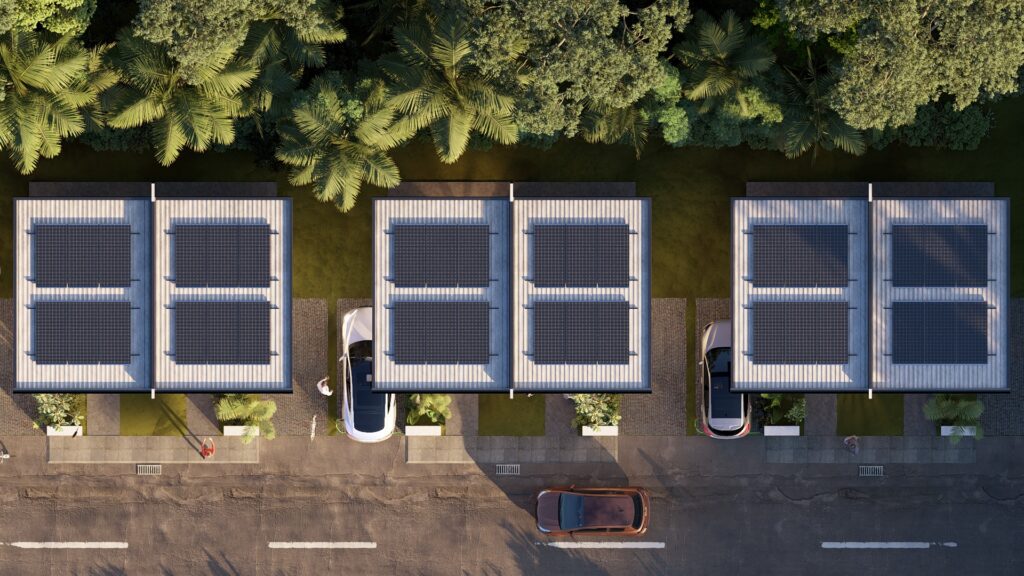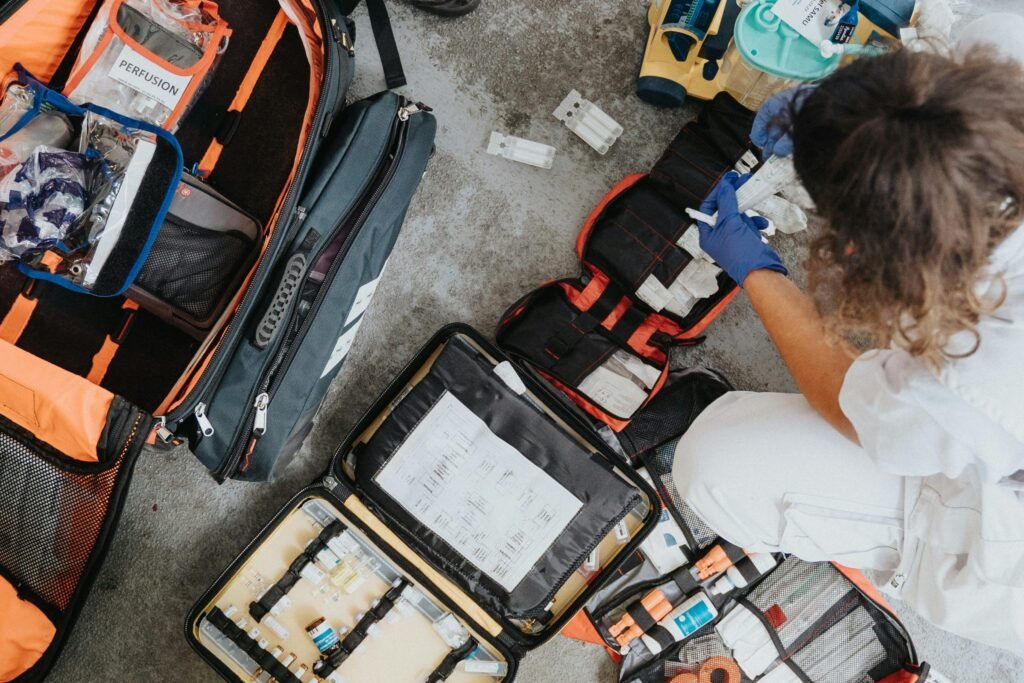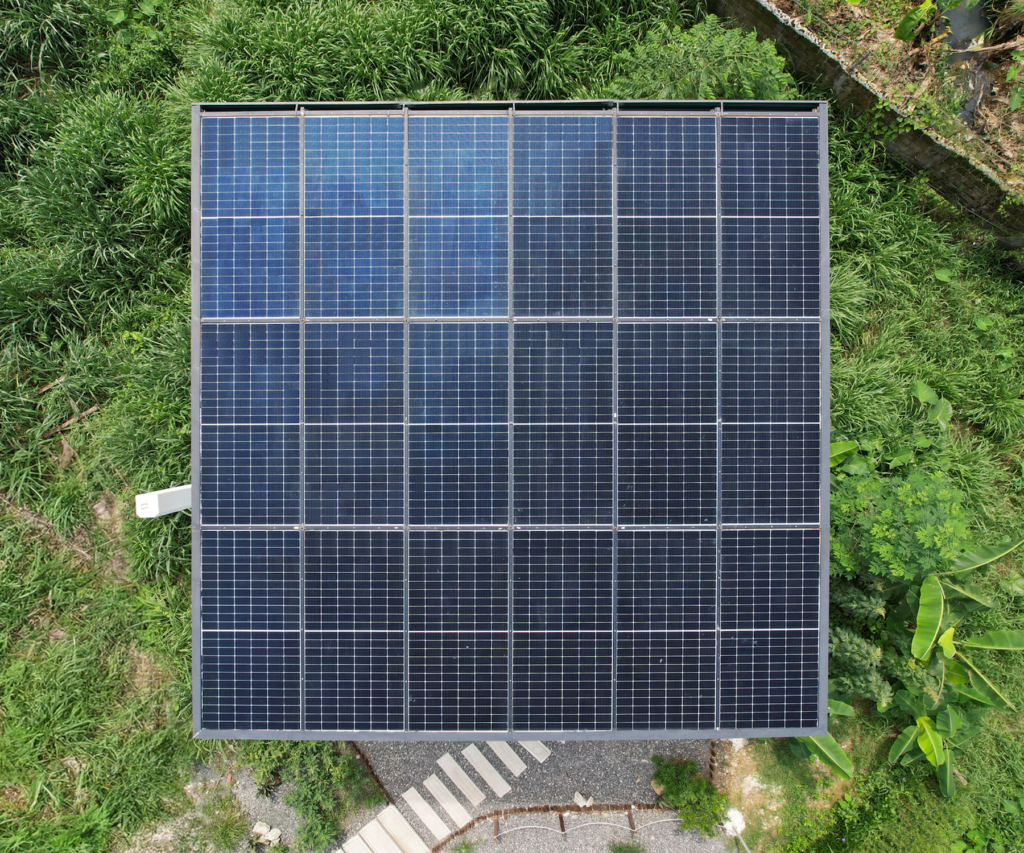In the Philippines, electricity is not just expensive—it’s a burden for many households. With monthly bills often reaching ₱4,000 to ₱5,000, it’s no surprise that families are looking for better options. But what if your roof could do more than just give you shade? What if it could actually help you earn money?That’s what’s happening in some Filipino homes today, especially those with solar-powered roofs like BillionBricks’ PowerShade. These systems don’t just cut down bills; they can also create extra income by generating more electricity than a home actually needs. This extra power is sold back to energy buyers or microgrids, turning sunlight into savings and income.

How popular is solar power in the Philippines?
The Philippines gets around 4.5 to 5.5 kilowatt-hours of solar energy per square meter daily. That’s a lot of sunlight! In fact, the country is one of the best locations in Southeast Asia for solar energy.
According to the Department of Energy (DOE), around 1.6 million households are still not connected to the power grid. That’s a huge opportunity for solar systems to take over, especially in remote or off-grid areas.
And with the average cost of grid electricity around ₱10 per kWh, switching to solar isn’t just sustainable, it’s financially smart.
What is surplus energy?
Surplus energy is extra electricity produced by your solar panels—more than what you use in your home. Instead of wasting it, that extra energy can be stored or sold to the grid or local power buyers.
In a setup like BillionBricks’ PowerShade, the system can generate enough electricity for a home’s daily use (lights, fans, fridge, phone charging) and still produce extra.
This extra energy can be shared or sold using a setup called PowerShare—a feature being developed by BillionBricks for their solar communities.
Real Example: How does this work?
Let’s say you live in a solar-powered home with 3 kW of solar panels.
- Your home uses around 300 kWh per month.
- Your solar system produces 400 to 450 kWh monthly.
- That’s 100 to 150 kWh surplus energy.
If you sell that surplus energy at ₱10 per kWh, you could earn:
- 100 kWh x ₱10 = ₱1000/month
- That’s ₱12,000 a year
It’s not millions, but for many families, that money can cover groceries, school fees, or internet bills.

How BillionBricks supports this model?
BillionBricks is not just building homes—they’re building net-zero communities. These are neighborhoods where each home generates as much energy as it uses. The key is their PowerShade solar roof, which is both the shelter and energy source for the home.
Their projects, like the Sienna Solar Home Community in Iligan City, are already proving that families can live comfortably and sustainably. Soon, with PowerShare, these homes will also be able to trade or sell surplus energy to buyers inside and outside their community.
What makes BillionBricks special is that they focus on affordable housing. Their homes are designed for low- to middle-income families, giving them a chance to not just save money, but actually grow their income over time.
Benefits that are beyond the income
Of course, the extra income is great. But solar-powered homes offer more than that:
- Lower Monthly Bills: Households report saving ₱3,000 to ₱5,000/month on electricity.
- Fewer Brownouts: Solar energy systems provide backup power, especially when paired with batteries.
- Healthier Homes: Less need for diesel generators or kerosene lamps.
- Higher Property Value: A solar home is worth more in the long run.
These benefits add up, especially for families with tight budgets.
Challenges and what to know about it

Solar power isn’t without challenges. Some things to keep in mind:
- Initial Costs: Even with lower-priced systems, the starting cost is around ₱50,000 to ₱100,000.
- Maintenance: Panels need cleaning and occasional checks.
- Policy Limitations: Net metering and power selling need stronger government support.
Still, with partners like BillionBricks offering full-community solutions, these challenges become easier to handle.
Final Thoughts
In a country where electricity has always been a monthly headache, going solar gives families the chance to turn bills into income. It’s a quiet revolution happening one home at a time, and BillionBricks is helping lead the charge.
By combining smart design, renewable energy, and an inclusive model, solar-powered homes with PowerShade are helping Filipinos go from surviving to thriving.
And with surplus energy? That roof above your head might just be your next small business. Contact BillionBricks today to learn more about our net-zero, solar-powered homes today!
References:
- Solar Feeds. (2023). Solar Power Statistics in the Philippines. Retrieved from https://www.solarfeeds.com/mag/solar-power-statistics-in-the-philippines
- Department of Energy Philippines. (n.d.). Net Metering Program Overview. Retrieved from https://doe.gov.ph/net-metering-home
- BillionBricks. (2023). How Much Should I Spend to Go Off-Grid with Solar Energy? Retrieved from https://billionbricks.org/blog/how-much-should-i-spend-to-go-off-grid-with-solar-energy
- Architecture BRIO. (n.d.). BillionBricks Homes: A Self-Financing Net-Zero Housing Model. Retrieved from https://www.architecturebrio.com/projects-item/billionbricks-homes-self-financing-home
- PV Magazine. (2022). Philippines Increases Net-Metering Size Limit for Renewables to 1 MW. Retrieved from https://www.pv-magazine.com/2022/11/29/philippines-increases-net-metering-size-limit-for-renewables-to-1-mw




